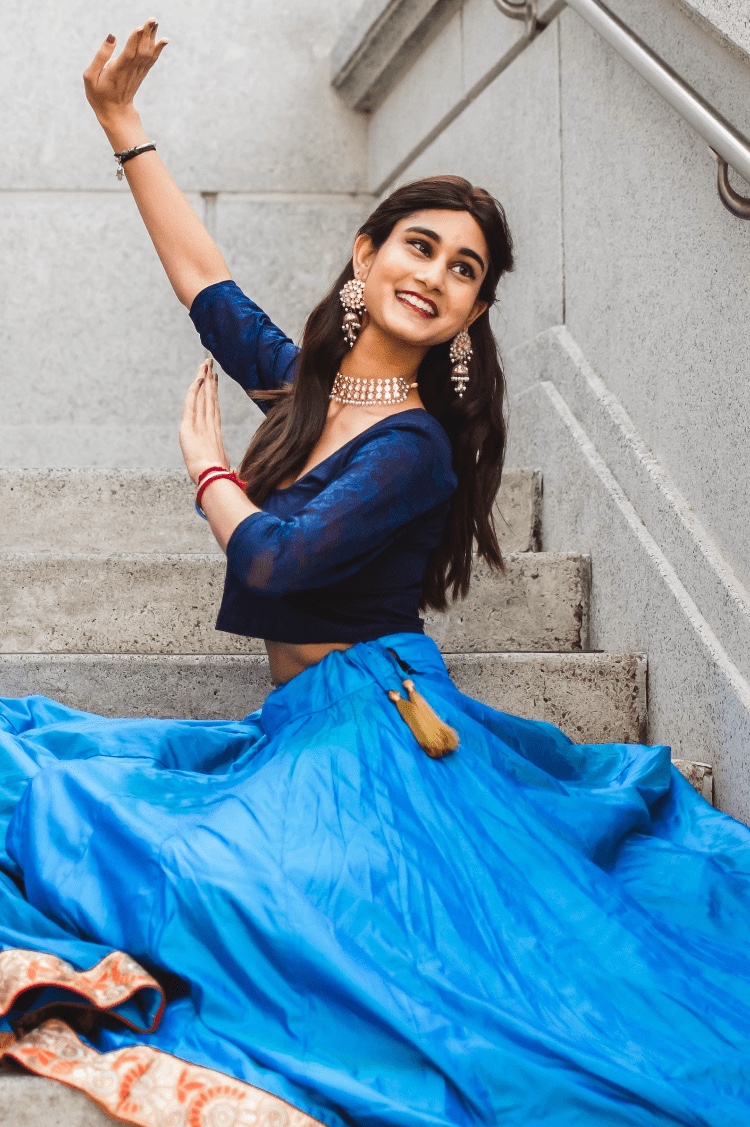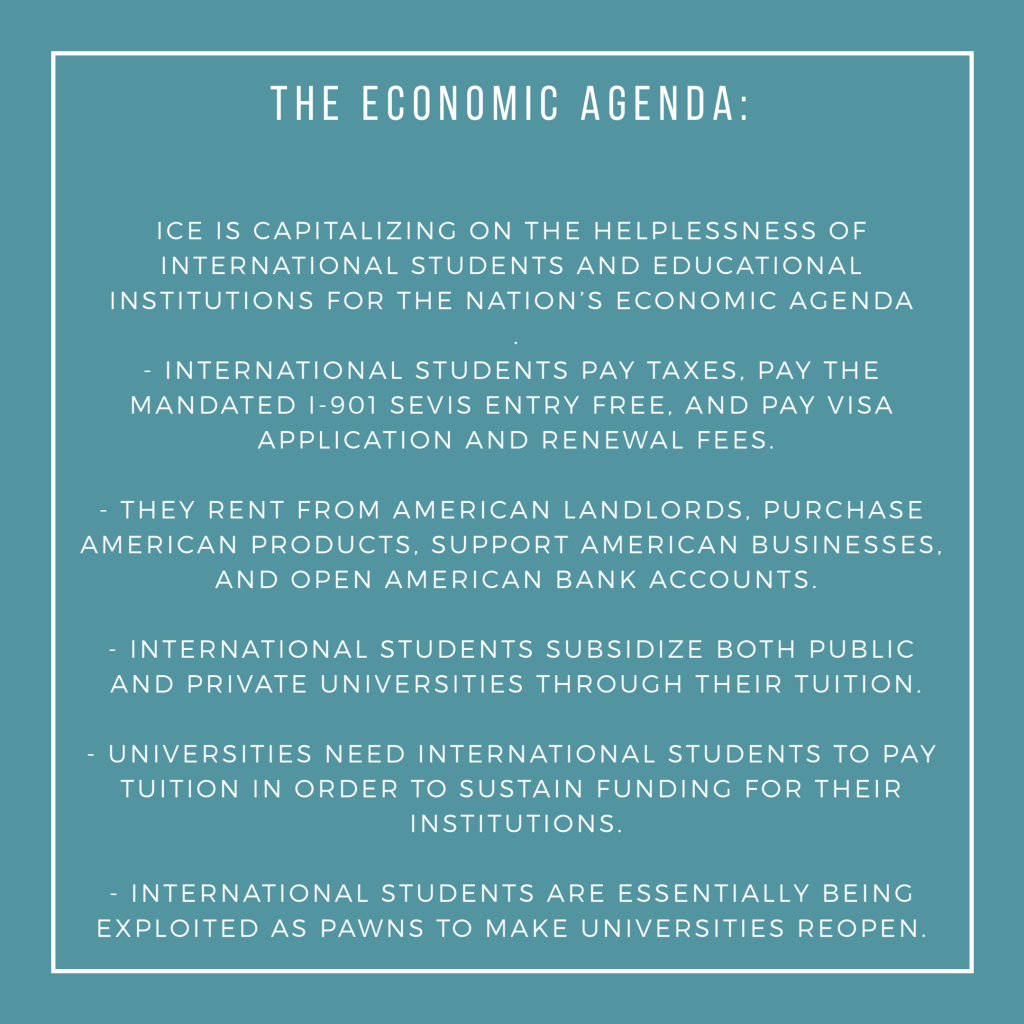I have been celebrating Eid for as long as I can remember celebrating Diwali. Every year, on the morning of Eid, I would jump out of bed to wear the shining salwar outfit that my mum had laid out for me. I would sit patiently while she carefully put sparkly butterfly shaped clips in my hair, and then I would grab the box of sweets and make a dash for the door.
First stop, me and my brother would go to Nasim aunty’s house and ring her bell. We would exclaim “eat more palak!” when the door was answered. For quite some time I thought that when everyone was wishing each other “Eid Mubarak”, sounded like they were actually saying “Eat more palak”, and my brother had let me embarrass myself with that for many years while he giggled away.
Next stop, Neeta aunty’s house. By the time we got there to wish her, she had already prepared my favorite biryani and we could smell the fresh waft as we approached her floor travelling up in the elevator. That was enough to get us past our fear of her cat.
To celebrate the Hari Raya holiday in primary school, we would have little workstations with some of the Malay teachers showing us how to make ketupat palm leaf pouches. I loved the colors and it was so exciting to me to bring them home for my mother to proudly hang up outside the house.
These were my simple Eid and Hari Raya traditions that I have followed throughout my childhood. Once I went to California for college, the semester timing always worked out well for me that I would be home for the summer just in time to celebrate with my GuruJi and go to Jawed Uncle’s house for our Eid feast.
This year in May, when there were restrictions on meeting neighbors and relatives for Hari Raya because of COVID-19, I found that something felt very amiss. It was only over the last five years maybe that I really understood what different religions were, how they were celebrated, and what traditions were observed. So, what difference did it make to me, a Hindu Indian-Singaporean, that Eid wasn’t being celebrated in full form this year?
Over the past couple of years, I had been studying South Asian politics, and specifically socio-religious hostilities. I had realized that a lot of my other Hindu-Indian friends did not have Eid as such a big part of their lives as I did. I realized that even to my relatives in India, it wasn’t as big of a deal, despite the national holiday.
Last year I was in India for Eid. Specifically, in Amritsar at the Attari-Wagah India-Pakistan border. That was such an exciting moment for me to be amongst all the hype of the border ceremony and to observe so much patriotism. That was just one week after the revocation of Article 370 in the disputed territory of Kashmir.
I didn’t see any exchange of sweets at the border as per usual customs. Pakistan was celebrating Eid at home with their families and had a comparatively very empty side of citizens to watch the ceremony. I heard shouts from the packed India side commenting on how the “other” side was weak due to less people. I heard boos against each other, and I heard slurs about disputed territory. I saw angry competition rather than neighborly friendship.
Last year on Eid, I felt that my excitement of being so close to the border that my T-Mobile International plan gave me a “Welcome to Pakistan” text, was out of place.
Perhaps growing up outside of India, I don’t fully understand all of this. But it has been something that has bothered me a lot over the past couple of years and something that I feel really strongly about because I wish more of the people that I knew were raised with the same emphasis that my mum raised me with – of loving our neighbors in Singapore and celebrating their festivals with them, and of loving our nation’s neighbors in the South Asian diaspora world.
What I can say though, is that religion or nations aside, a lot of the time we are told at a young age who our enemies are by those higher up, or even by our relatives, without even knowing who those people are. We then grow up to group and divide people by religion, nationality, race, caste, disability or wealth. Meanwhile, those who ride on the power of a fractured society get to paint images in our minds that those who are different from us are difficult to live with peacefully.
We can blame events from almost a century ago, we can ignore these issues completely, and we can pass bitter thoughts onto the next generation. But in that, we choose to put control in the hands of those who thrive off of the marginalization of others. Or, we can choose to make active efforts in unlearning and relearning how our differences should initiate appreciation rather than discrimination.
This year on Eid, me having to tone down celebrations to a socially-distance sweets delivery with a mask on instead of my butterfly clips might not be important. But my heart goes out to those in Kashmir who are separated from loved ones, those who suffered in the Delhi riots, and those who want to celebrate with their loved ones in the “other” group but are expected not to.
Selamat Hari Raya, Eid Mubarak, and eat more palak!













